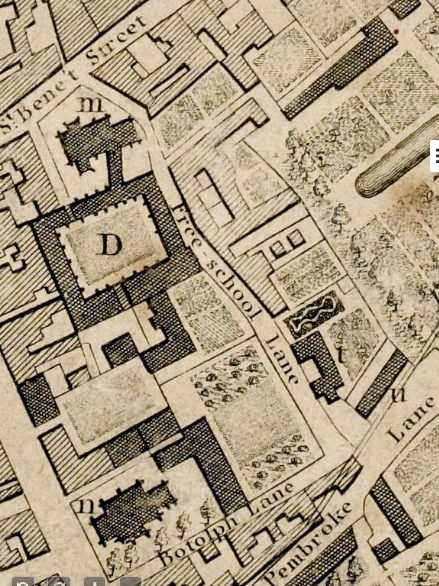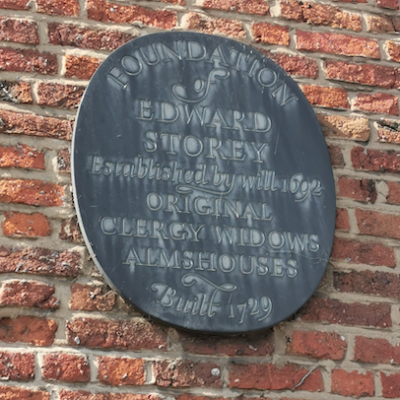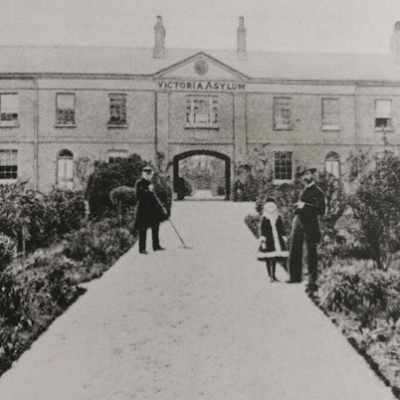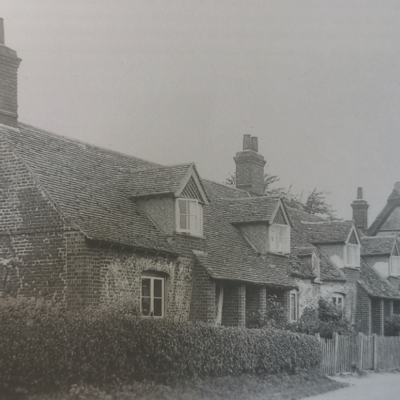Search by topic
- archaeology
- architecture
- bricklayer
- Building of Local Interest
- carpenter
- church
- crime
- dressmaker
- fire
- general labourer
- Great Eastern Railway
- listed building
- medieval
- oral history
- Public House
- Rattee & Kett
- Roman
- scholar
- school
- Then and Now
- tudor
- women
- work
- world war one
- world war two
Search by text
 Free School Lane, 1798 map
Free School Lane, 1798 mapPerse’s Almshouses, Pembroke Street
History of Perse's Almshouses
The 1831 New Guide to … Cambridge describes at this location:
At the corner of free School lane, west of the Botanic Gardens are Perse’s Almshouses. which have a very neat appearance, and a small garden in the front. They were founded in 1615 by Stephen Perse MD of Caius College, for six poor single persons of the age of 40 at least, of the parishes of St Michael and St Edward, or (in default of a competent number) from the parish of St Benedict. The stipend of each inmate in 16l per annum, and the appointment is vested in the Master and Fellows of Caius College.
British History Online has this description of the almshouses:
Stephen Perse (d. 1615) founded several important charities including almshouses for six single persons who were to come from certain parishes in Cambridge. The almspeople received allowances from the endowments he left to Caius in trust for all his charities. (fn. 4) The original almshouses built under Perse’s will on the corner of Downing Street and Free School Lane were sold to the University in 1884 and new ones were built in Newnham Road.
1851
(1) Elizabeth Short, 76, inmate, b Great Swaffham
(2) Martha Johnson, 81, inmate, b Suffolk
(3) Sarah Ellis, 83, b Northants
(4) Sarah Glasscock, 79, inmate, b Trumpington
(5) Catherine Ship, 56, inmate, b Cambridge
(6) Elizabeth Edwards, 75, inmate, b Cambridge
Contribute
Do you have any information about the people or places in this article? If so, then please let us know using the Contact page or by emailing capturingcambridge@
License
 This work is licensed under a Creative Commons Attribution-NonCommercial-ShareAlike 4.0 International License.
This work is licensed under a Creative Commons Attribution-NonCommercial-ShareAlike 4.0 International License.











